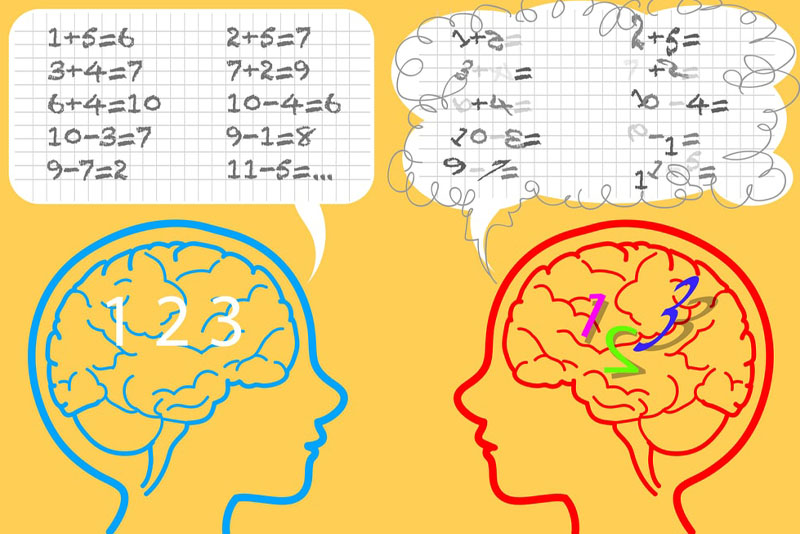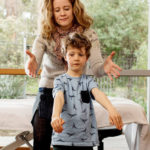Parents often ask me the importance of reflexes and the impact on their children’s school life. We are often unaware of how these reflexes impacts our lives – whether we are adults or children. Each reflex is needed for higher development of the brain. Eventually, areas of the brain replace these reflexes with higher learning processes.
Reflexes that we have as a baby (primitive reflexes) and in our childhood serves a purpose in our development, such as learning to move, visual development, protection and learning to interpret input from the environment. When these reflexes do not integrate when they are supposed to, we may see long term affects in how we are able to function in our daily lives and at school.
What is a reflex? It is an automatic, instinctual movement pattern that occurs in a response to stimulus. Is there only one reflex? No, there are many reflexes that is vital for the development of any young brain.
Let me try and explain briefly what 3 of these primitive reflexes are. The impact on your child’s future when they are not fully integrated could be, distressing.
- Moro Reflex: This is the reflex when young babies get a fright. Remember when your baby got a fright and their little arms and legs opened and moved away from the body? When this reflex is triggered, stress hormones release, breathing changes, heart rate increase and blood moves towards the limbs. As babies grow older, they learn to filter which threats can be ignored. When the Moro reflex is retained (not integrated) it can have a huge impact on functional skills like sleeping, emotional outbursts, balance and co-ordination, the ability to adapt to change and chronic stress.
- ATNR Reflex: As an infant, ATNR affects the ability to crawl and roll. This is when they used alternating movements with legs and arms when crawling. When they rolled to one side, their hands and feet followed without ‘thinking’. When ATNR is not integrated, future difficulties such as visual tracking, listening, attention, spelling, handwriting, sense of direction, short term memory, balance and gross motor tasks will be difficult.
- STNR Reflex: This reflex is the forerunner to crawling. Think upward facing dog yoga pose. Before your baby started crawling, they used their arms and lower body to extend. From there they moved up to hands and knees position and started to crawl. There are many implications if this reflex is not integrated. Skills such as visual tracking, writing, reading, eye-hand co-ordination, copying from the white board, w-sitting and for some children – characteristics of ADHD.
A lot of parents ask me why do their children retain these reflexes much later in life and will their children ever outgrow them?
There are a variety of factors that retain reflexes such as the birthing process, illness or injuries, babies who skip developmental milestones (babies that walked without first crawling or delayed crawling), lack of tummy time in infancy, excessive use of carriers, playpens, walking and jumping rings and car seats that restrict movement.
When we get older, we unconsciously learn to compensate for and suppress retained reflexes and this causes considerable tension and drain energy. This could be the very reason why your child is constantly tired. We do not outgrow our retained reflexes. Our bodies hang on to them for survival.
It is only through intervention and a tailored program for each child, that the body and brain make these changes to integrate the reflexes.
Do you think that your child may have retained reflexes?
Contact me today for more information on reflexes and how we can help your child together.
Have a blessed week!!
Much love
GLT





